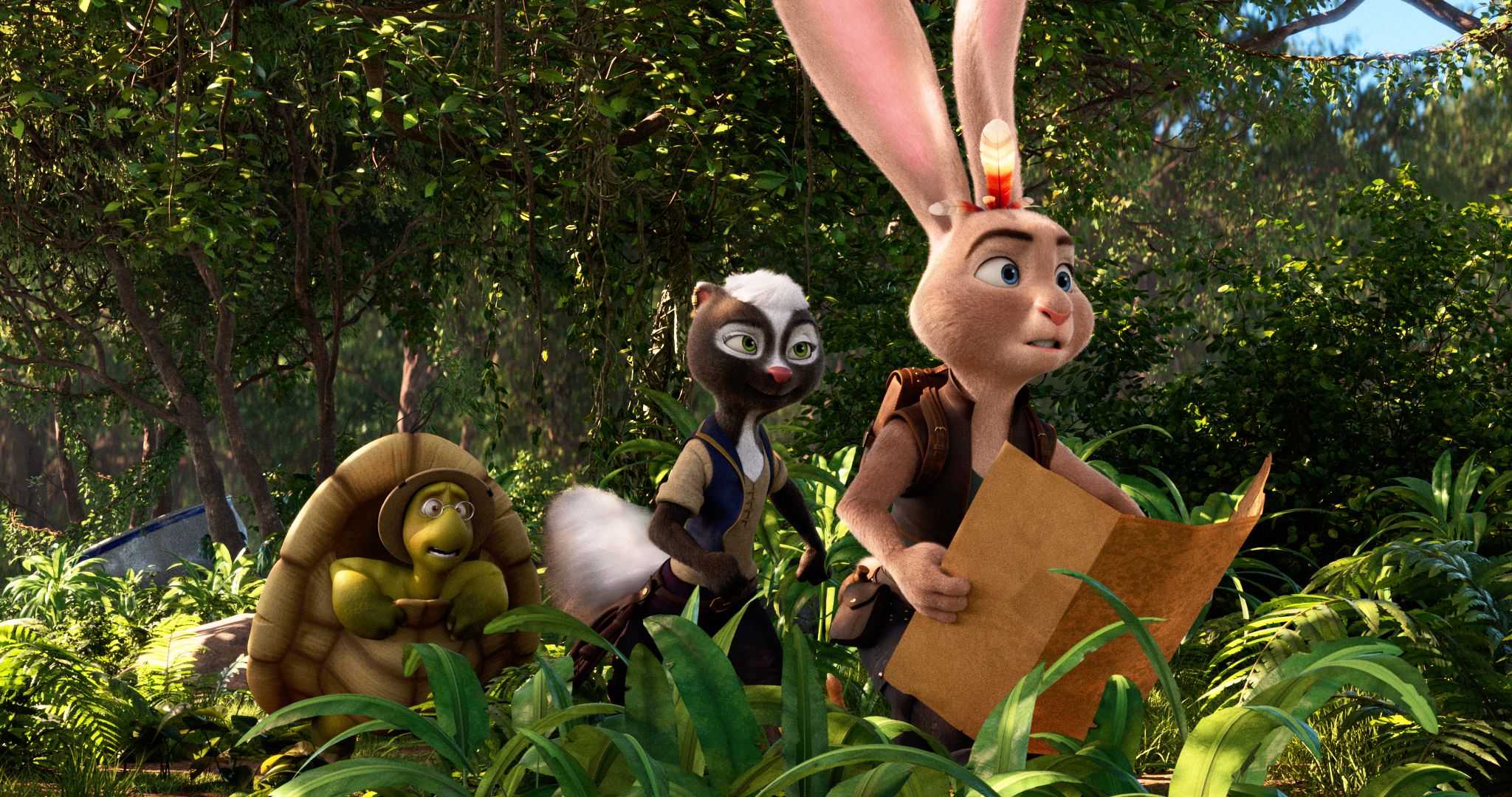After graduating from ESMA Montpellier in 2005, Christopher Grao began his career at nWave Pictures as a texturing/shading artist on what was to become the Brussels studio’s first feature film, Fly Me to the Moon.
Twenty years later, nothing has changed, or rather everything has changed, both for the former ESMA student and for nWave!
After a career that has taken him from texturing/shading to lighting and grooming, in lead and then supervisor roles, it is now as art director/director of photography/CG supervisor that Christopher has signed Hopper and the Secret of the Groundhog, the eleventh – already! – feature film for the studio, which has acquired an international reputation and employs over a hundred people.
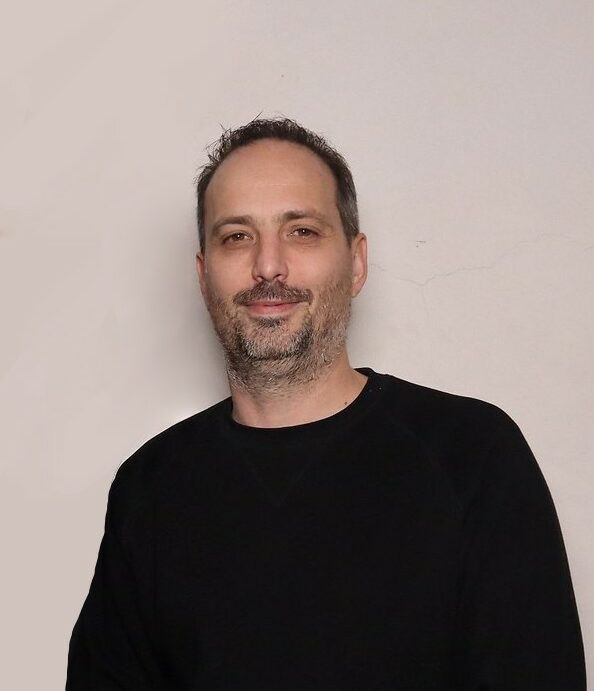
As Hopper and the Secret of the Groundhog prepares to hit French cinemas, we caught up with Christopher to discuss this high-quality production, where his touch and passion are evident in every shot.
At Hopper, you wear three hats. How does this translate into your day-to-day work?
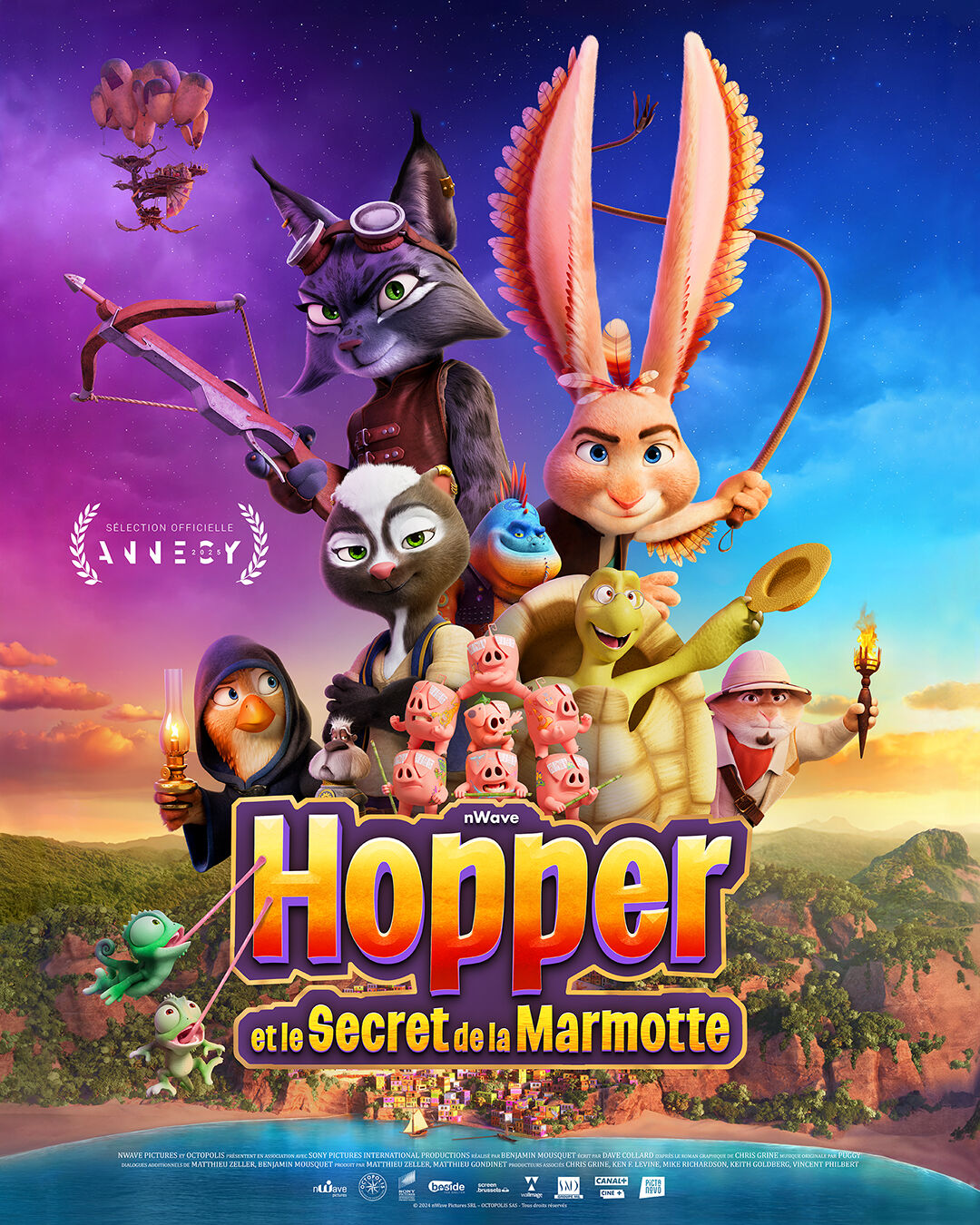
In fact, my job as DA / DOP / CG Sup consists of following up the artistic aspects of the project in discussion with the director Benjamin Mousquet, but also collaborating on the technical set-up, and anticipating solutions to the challenges that will have to be met on a given production.
That’s one of the things that makes us special at nWave. We’ve got a smaller workforce than the big studios like Pixar, but that means we can work more fluidly, by linking up workstations, which saves us a lot of time.
In concrete terms, I was involved from the beginning to the end of the project, starting with the script so that I could define the artistic direction we were going to take.
With Hopper, we wanted a medieval-style world, and this was something we had to take into account for the AD, of course, but also for the lighting, which is more candlelit.
In addition to these more specific aspects, my work also involves thinking about crowd scenes and more complex sequences, and determining the needs of the production, always in direct collaboration with the director.
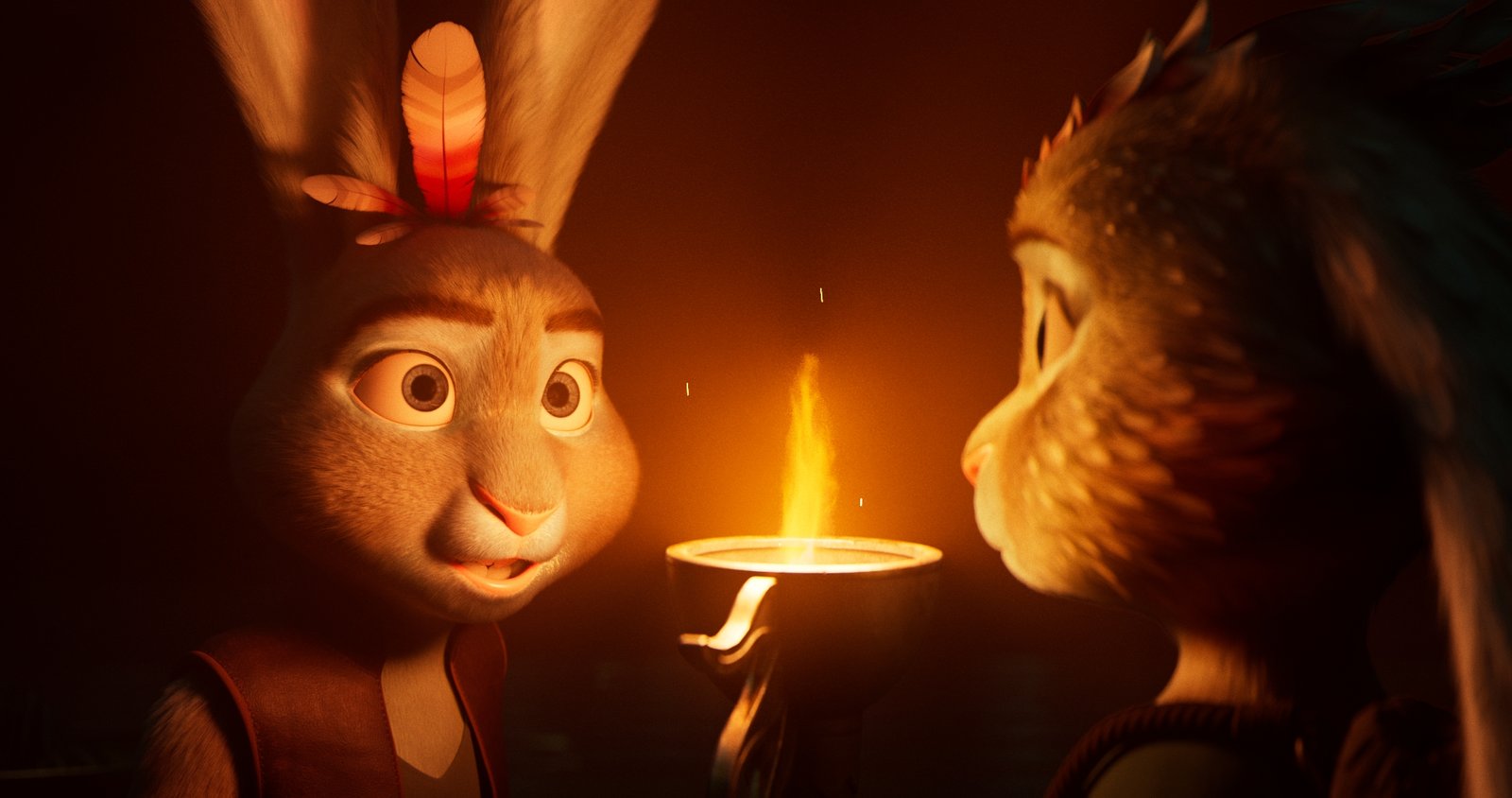
How long have you been working on this project?
Just over three years. Here, our projects take place over a fairly similar period, with generally six months of pre-production, then two years of real work on the film, before six months of post-production. For Hopper, at least, that’s how the work was divided up.
What does your working day look like?
It varies depending on how far along the film is. I’m lucky enough to work with the whole design side of the project, so every morning I look at all the designs that have come out, as well as the lighting once it’s launched. Honestly, that’s what I enjoy most, the visual side of things, I like to start my day with those two aspects.
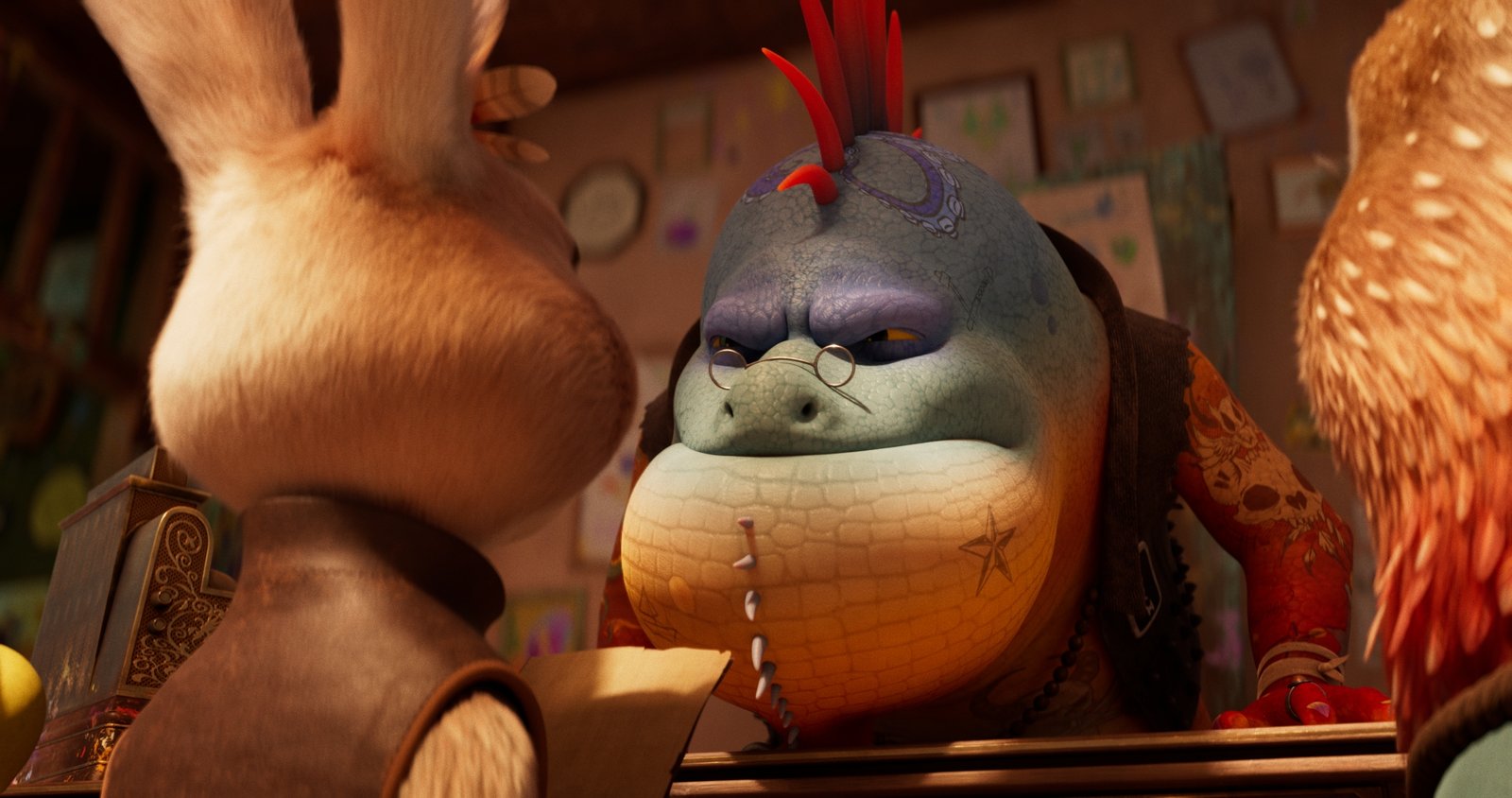
Then I check with production what the priorities are, and arrange my day accordingly.
Of course, I spend a lot of time in meetings, as I take part in all the weekly meetings of the shading, modelling, lighting and fx teams, but that’s part of the game. And I don’t do previz, anim or rigging, those are other departments.
In your opinion, is it an advantage or a burden to have these multiple responsibilities?
A bit of both. The advantage is that I have a real overall view of the project, without having to ask people left and right where the various departments stand.
But on the other hand, it’s true that sometimes it’s a bit too much. That said, I think the balance is more on the positive side.
What was it like leaving school and joining nWave?
As I recall, we were one of the first classes to be sent to Annecy, and that’s where the connection between nWave and ESMA was made. A first group was quickly recruited, then a second, and while the nWave team only consisted of 8-10 people, we soon found ourselves with thirty former ESMA students.
It was a very special atmosphere, because on the one hand we all knew each other, but at the same time we were surrounded by people who were our hierarchical superiors. But it went well, and little by little the dynamic began to take hold.
How has this evolved for you?
Step by step. I started with lighting, then moved on to modelling because that’s what the studio needed, then to shading, and that’s where I found my feet.
As my apprenticeship progressed, I became lead, then shading supervisor, and it was from there (and as the company grew) that I took on more and more responsibility, art direction, etc. But all this is part of a continuum, over time. But it’s all part of a continuum, over time.
So there’s a team and management aspect that you’ve also had to learn about…
I don’t know if that was the reason for this development, but I’ve always loved the management aspect. Right up to my favourite video games like SimCity and Rollercoaster Tycoon!
On a more serious note, I’ve always been attracted by the link between productivity and people management, and the transition was a fairly natural one. But having said that, I recognise that the fact that I like this aspect of the job has been an asset on my side, and I’ve been lucky enough to fit in with a company that’s fairly family-oriented, accessible, without a very marked hierarchy and whose scale was still small when I joined nWave. Perhaps things wouldn’t have gone so well in a company with a more rigid, more intimidating structure.
Going further, what managerial skills do you feel are important in the animation sector, given your experience?
Without being strict, you need to find the right balance between leading people towards your goal without generating frustration.
There’s always that very important artistic part in us (which I also know) despite our industrial mechanics. I don’t think I can tell someone that what they’re doing is ugly. Instead, I have to explain, guide and suggest ways forward, because tastes are so unique and subjective that these situations can be complicated.
It’s a balancing act, a sort of iron fist in a velvet glove, managing to maintain this artistic sensitivity and human relationship while keeping in mind the constraints of the project and the production objectives.
And on the other hand, what do you look for in the profiles you recruit, in terms of skills and attitude?
An open mind and a desire to learn are essential, as is an artistic bent that goes beyond the anime and video game worlds.
It’s interesting to read in a CV the name of Pierre Soulages [a French painter and engraver], an artist I appreciate enormously, and it shows a real desire to go beyond, to delve into the history of art. For me, it’s important to be open to the world.
To come back to Hopper, can you tell us about a sequence or an element in the film that stood out for you, or that represented a particular challenge?
There are some beautiful, emotional moments in the film, particularly towards the end, when our characters are in a unique tree, surrounded by unique leaves, which required an enormous amount of work in terms of direction, integration and reflection with Benjamin to achieve this result.
At the beginning, we were in a real bind, we didn’t really know where to go, and it was through iterations and exchanges that we came up with this proposal, which I really like.
The underground settings and quest phases are also some of my favourite elements.
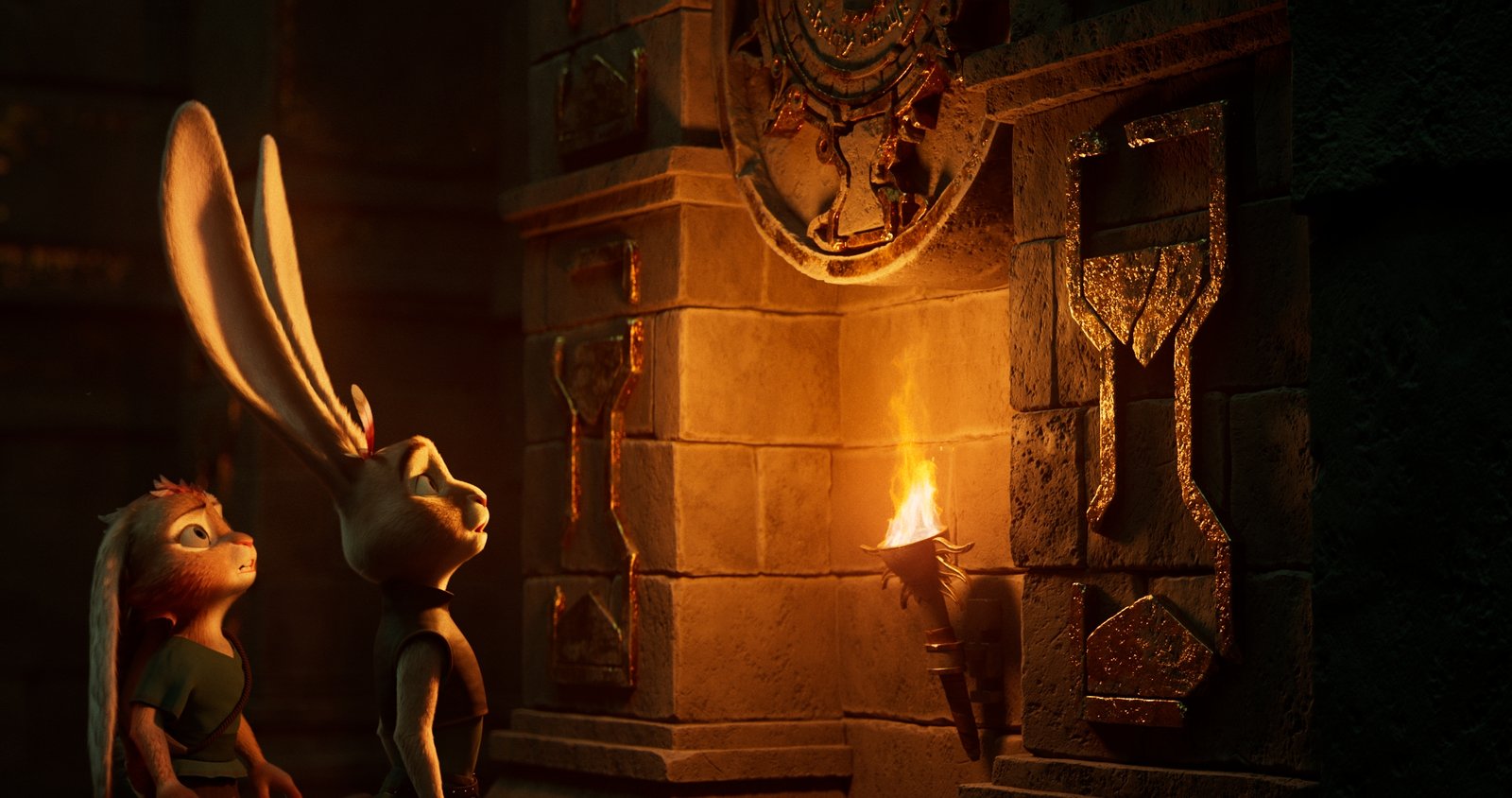
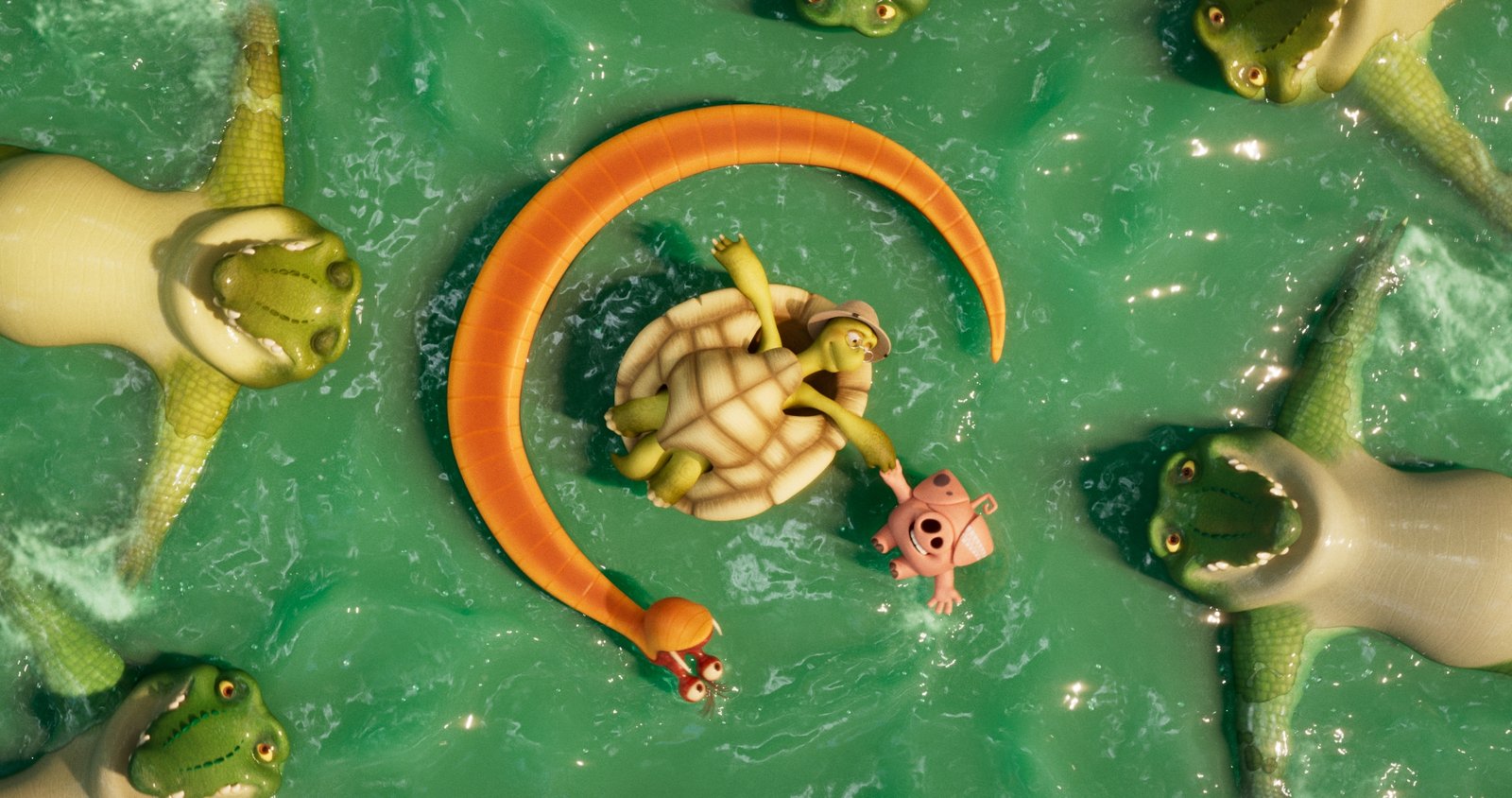
What the directing team and Benjamin have really brought to this second opus is that emotion that was still slightly lacking in the first instalment.
Here, the relationships between the characters and the narrative arcs are worked on, giving a more impactful result in terms of the emotions felt. That’s the strength of a Disney film, and with this film, we’re moving towards something of that order.
From a technical point of view, what were the major challenges of this new film?
Often, in this type of production, these are the final scenes. All the characters are in the same place, there’s a lot of action, a lot ofspecial effects, and all this has to be built in parallel, sometimes with certain elements not yet finalised.
The crowds, as well as the explosions and collapses in the film’s final act, were quite a challenge for the teams, but we have the advantage of having a whole series of tools developed in-house that integrate with our pipeline based mainly on Maya, and on Houdini for the fx.
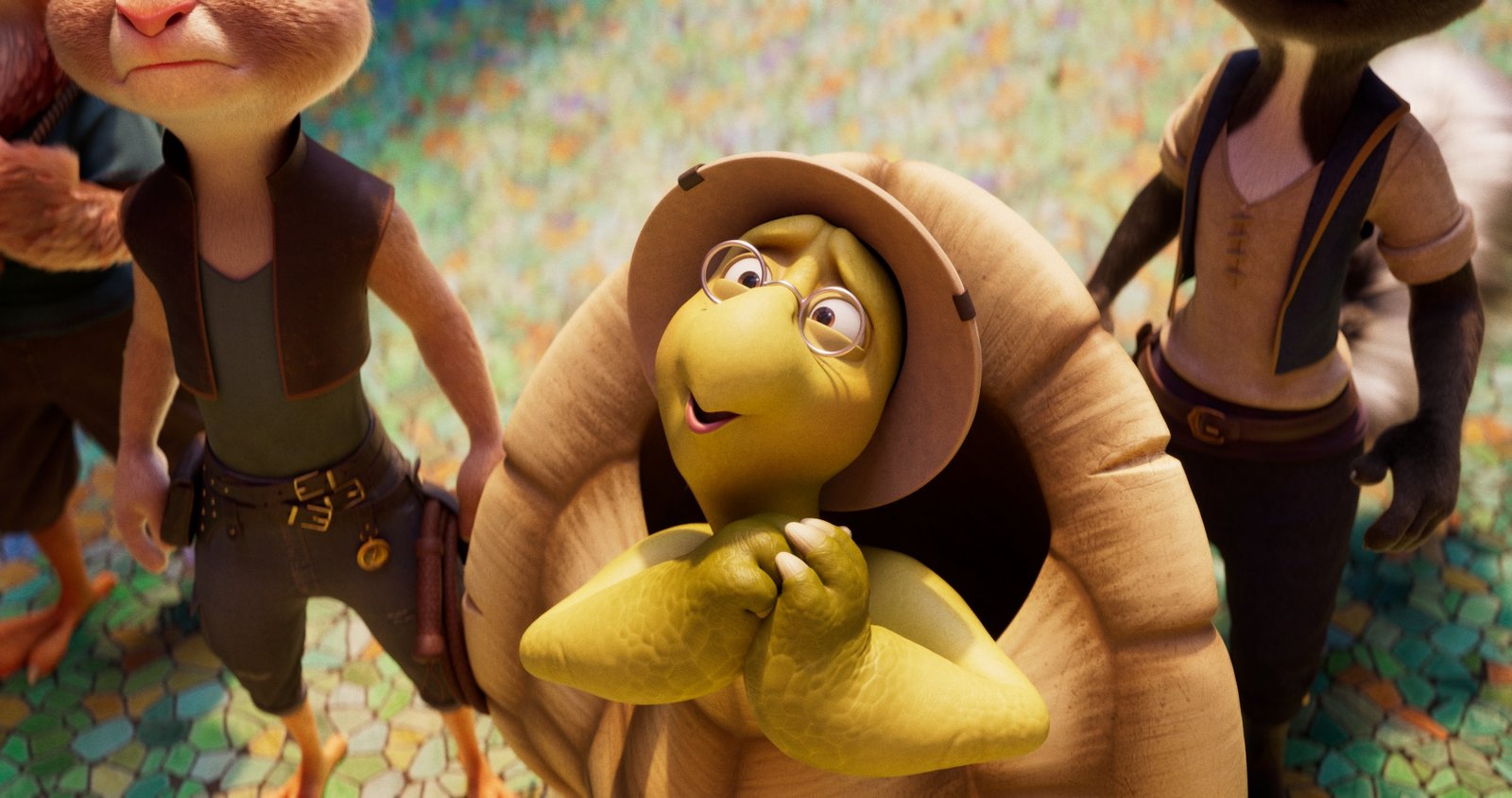
This is undoubtedly the great strength of our studio, these dedicated tools that we have built up.
Efficient, but also agile and constantly evolving with the needs of our productions. So, from film to film, we make small changes that lead to major technical advances, as we saw between the first and second Hopper films.
Despite all these responsibilities, do you still have time to devote to your artistic work?
This is very important to me, and I try to have at least one lighting sequence or a small shading asset on each project.
But beyond these contributions, the artistic aspect is still very present in the feedback, in the exchanges with the team. When a sequence is approved by the director, I always have the satisfaction of having succeeded in bringing the artists to this vision, to this result.
What advice would you give to students looking for a job like yours?
Speaking of the students, I would like to begin by emphasising the quality of the courses that ESMA offers today, and whose results I was able to discover at this year’s jury.
These students are also those who bring a freshness, a vision and a mastery of the tools that enable us to move forward. This faith in the abilities and talents of these students is also what enabled my fellow students and me to spread our wings during our years at ESMA and in the year that followed when we were able to benefit from the studios free of charge.
I’d like to thank the teams for this, because this trust has enabled us to develop as future professionals in the sector.
Once again, my advice would be to keep an open mind, be curious and live your job with passion. Watch films, eat, share and don’t rest on your laurels. That doesn’t mean you have to be the best at everything, far from it. But our profession is constantly evolving, and not being closed-minded is undoubtedly the most important quality for lasting success.
